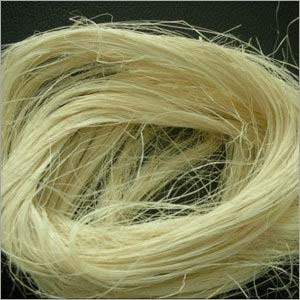Eco Fibe Market Analysis In-depth Industry Growth, Revenues and Forecast Data (2023 – 2030)Posted by Pearl Smith on June 1st, 2023  The eco fiber market refers to the global market for sustainable and environmentally friendly fibers used in various industries, such as textile, fashion, automotive, and construction. Eco fibers are produced using renewable resources and are designed to have a minimal impact on the environment throughout their lifecycle. They are often favored over conventional fibers due to their lower carbon footprint, reduced water consumption, and decreased use of chemicals and pesticides. Types of Eco Fibers: Organic Cotton: Organic cotton is grown without the use of synthetic fertilizers or pesticides, promoting healthier soil and water systems. It is softer and more breathable than conventional cotton and is widely used in the textile industry. Hemp: Hemp fibers are derived from the cannabis plant and have been used for centuries in various applications. Hemp is known for its strength, durability, and resistance to pests, reducing the need for chemical treatments. It is used in textiles, paper, building materials, and more. Bamboo: Bamboo fibers are derived from the bamboo plant, which is known for its rapid growth and ability to thrive without the need for pesticides or fertilizers. Bamboo fibers are soft, breathable, and biodegradable. They are commonly used in textiles and apparel. Recycled Polyester: Recycled polyester is made from post-consumer plastic bottles and other plastic waste, reducing the reliance on petroleum-based raw materials. It requires less energy and water to produce compared to virgin polyester. Recycled polyester is used in various applications, including clothing, home textiles, and carpeting. Tencel (Lyocell): Tencel is a brand name for a type of lyocell fiber produced from sustainably sourced wood pulp, primarily from eucalyptus trees. The production process is environmentally friendly, using a closed-loop system where chemicals are recycled. Tencel fibers are soft, breathable, and have excellent moisture-wicking properties. They are used in apparel, bedding, and home textiles. Organic Wool: Organic wool is derived from sheep raised on organic farms that adhere to strict animal welfare and environmental standards. The wool is produced without the use of synthetic hormones or pesticides. It is known for its insulation properties, softness, and durability. Market Trends and Drivers: Increasing Environmental Awareness: Growing concerns about climate change and environmental sustainability have led to a rising demand for eco-friendly products, including fibers. Consumers are becoming more conscious of the environmental impact of their purchases and are actively seeking sustainable alternatives. Government Regulations and Policies: Governments around the world are implementing regulations and policies to promote sustainable practices in industries, including textiles. These regulations encourage the use of eco fibers and impose restrictions on the use of conventional fibers. Shift in Consumer Preferences: Consumers are increasingly looking for products that align with their values, including eco-friendly and socially responsible choices. This shift in consumer preferences is driving the demand for eco fibers and encouraging companies to adopt sustainable practices. Growing Fashion Industry Focus: The fashion industry, known for its significant environmental footprint, is placing greater emphasis on sustainability. Many fashion brands are adopting eco fibers in their collections to meet consumer demand for sustainable and ethical products. Technological Advancements: Continuous research and development efforts are driving innovations in eco fiber production. New technologies are being developed to improve the efficiency and sustainability of fiber manufacturing processes, resulting in a wider range of eco fiber options. Market Outlook: The eco fiber market is expected to witness substantial growth in the coming years. According to various market reports, the market is projected to experience a compound annual growth rate (CAGR) of around 10% from 2021 to 2026. The textile and apparel industry is anticipated to be the largest consumer of eco fibers, followed by the automotive and construction industries. The Asia-Pacific region is expected to dominate the market due to the presence of major textile manufacturing countries like China and India, along with the increasing adoption of sustainable practices in the region. Some of the key players operating in the global eco fiber market are Enkev Bv, Esprit Global, Envirotextiles, European Industrial Hemp Association, Flexform Technologies, Foss Manufacturing, Hayleys Fibers, Aditya Birla Management, Ananafit, Aquafi, Greenfibres, Bcomp, David C. Poole, Ecofibre, Ecological Fibers. Lenzing AG, Grasim Industries Limited, Teijin Ltd., and US Fibers. Overall, the eco fiber market is driven by increasing consumer awareness, government regulations, and the growing demand for sustainable products. As the market continues to evolve, advancements in technology and increasing availability of eco fibers are likely to further propel its growth. Like it? Share it!More by this author |


